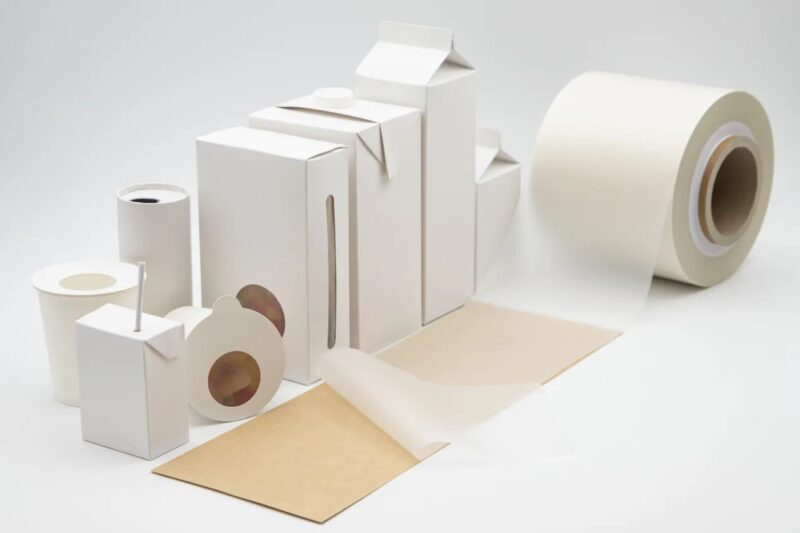
Uusi puu – The New Wood Project shows what wood can do. The project promotes wood-based innovations and provides information about them.
The packaging industry is looking to replace fossil materials with alternatives offering better eco-sustainability. VTT Technical Research Centre of Finland and Stora Enso have developed a wood-based barrier film for food packagings.
The packaging industry wants to reduce its carbon footprint by developing new, bio-based films for liquid packaging boards. The film used as barrier in liquid packagings is thin, but its material is not unimportant, for the global manufacturing and sales volumes of these packagings are enormous. Replacing fossil raw materials with renewable and biodegradable materials could reduce the carbon dioxide emissions from packagings considerably.
The barrier film is needed in the packaging to ensure the good shelf life of the content. As a rule, the protective coating inside milk and juice cartons, for example, is made of plastic or aluminium.
VTT Technical Research Centre of Finland and Stora Enso, one of the major manufacturers of liquid packaging boards in the world, have developed a new type of barrier film made of microfibrillated cellulose (MFC). The material is almost completely wood-based and non-toxic, and is suitable for food packagings.
The barrier protects the contents and is impermeable to oxygen. What is more, MFC decays and decomposes in nature. The packagings may be recycled as paperboard.
Made of MFC and additives, the barrier film is extremely thin, only 0.02–0.03 millimetres. The additives used include sorbitol, which makes the film more stretchable.
VTT and Stora Enso have also developed technology for manufacturing MFC film in a pilot plant. By now, they successfully produced rolls of several kilometres in length. This shows that the production can be scaled up to industrial requirements.
’This project has further strengthened our ability to validate a novel material innovation and take it through the entire development path, from laboratory scale to the piloting phase, and to demonstrate its technical viability to the customer,’ says Riku Pihko, Principal Scientist at VTT in their media release.